What no one can dispute is that Africa is underdeveloped. Zimbabwe, for example, needs US$40 billion for infrastructure development currently and has a tiny fraction of that on hand.
Where we disagree is on how to remedy that. There are a thousand ideas from a thousand pan-Africanists on how Africa should proceed. That’s not to mention the thousands of organisations, including NGOs, all working to save Africa.
Africa50 is one such organisation. It was “established by African governments and the African Development Bank to help bridge Africa’s infrastructure funding gap by facilitating project development, mobilizing public and private sector finance, and investing in infrastructure on the continent.”
Zimbabwe is one of 29 shareholder countries in Africa50.
Let’s be honest. There are so many organisations with similar sounding mission statements I could have switched them up and no one would have been the wiser. So, with low expectations, let us find out what Africa50 is cooking up for Zimbabwe.
Fibre optics, renewable energy, transport
Late last month the Africa50 Chief Operating Officer met with our President, ED. Africa50 wanted to find out the Zim govt’s priorities as they want to fund some infrastructure projects in the country.
After the meeting, which they called ‘productive’, their words, not mine, they said:
There will be projects that we look to fund in Zimbabwe.
We are looking at fibre optic, transport and logistics and solar power. Those are some of the projects we discussed about.
Tshepidi Moremong, Africa50 CEO
It won’t be charity on Africa50’s part, we will have to pay them back, one way or the other. Zimbabwe does not really have the money and so will be using some innovative financing solutions.
Asset recycling
The deputy minister of finance said they discussed using financing auctions, asset recycling in particular, to finance said projects. What does that mean?
Zimbabwe is looking to monetise value from public assets. Or put simply, to use the infrastructure we already have to obtain new infrastructure. We could be looking to lease our toll roads (which I believe we already are doing to some extent), or lease our airports and power plants (good luck on that one).
The funds unlocked from leasing those public assets are what we would then use to fund the fibre optics, transport and logistics and solar power projects mentioned above.
Africa50 track record
Asset recycling is not new and we have been having those conversations here in Zimbabwe for a while. Will Africa50 help us make that reality? They boast that they work to complete projects within 18 months rather than talk about funding for years on end like we are used to with other organisations.
Earlier this year, Africa50 and its partners completed the refinancing of six solar plants in Egypt and you can browse their projects and investments list here.
It looks like it’s all up to us just how quickly we can have the projects funded. We picked the projects we want funded, it’s now down to how quickly we can finalise the asset recycling plans.
Fibre optics
I get why the government wants an extensive public fibre optic network. Currently, Liquid Intelligent Technologies has the largest fibre optic network in the country by a huge margin. Liquid has 78.7% of the equipped international internet bandwidth capacity in the country.
The govt has demonstrated that they are not comfortable with private entities having such dominance in key infrastructure. However you look at it, that’s a justified concern. It was the same story with EcoCash and its dominance.
We shall keep tabs on this national fibre optic network upgrade project. It’s all in the discussion phase right now and that’s usually where it ends with projects like these. I hope they surprise us this time around.
Also read:
Liquid’s fibre network hits 100 000 Kms, more than twice around the earth
TelOne is inviting bidders for tenders stretching from engine oil to fibre cables
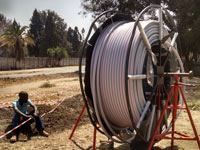

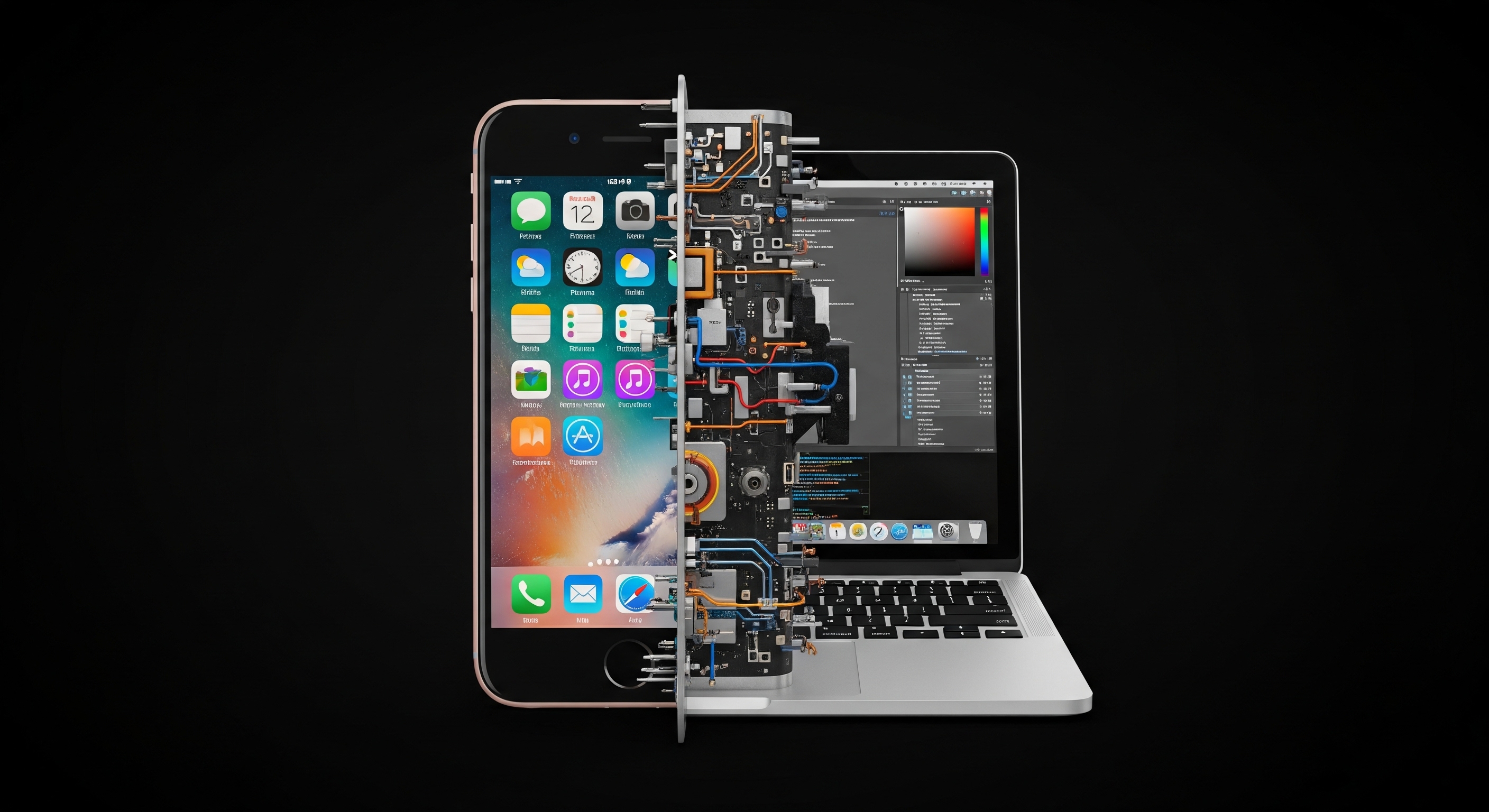
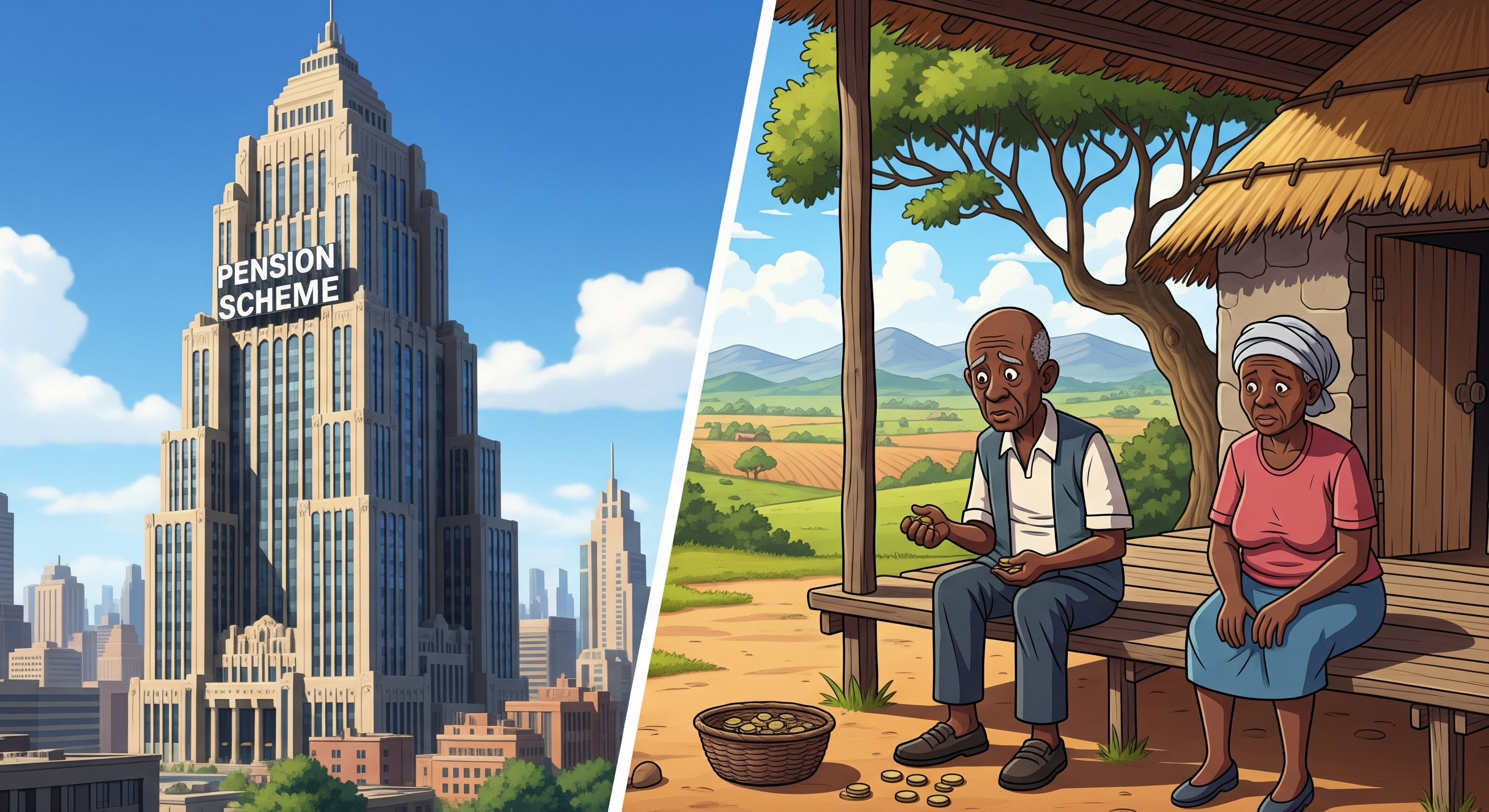
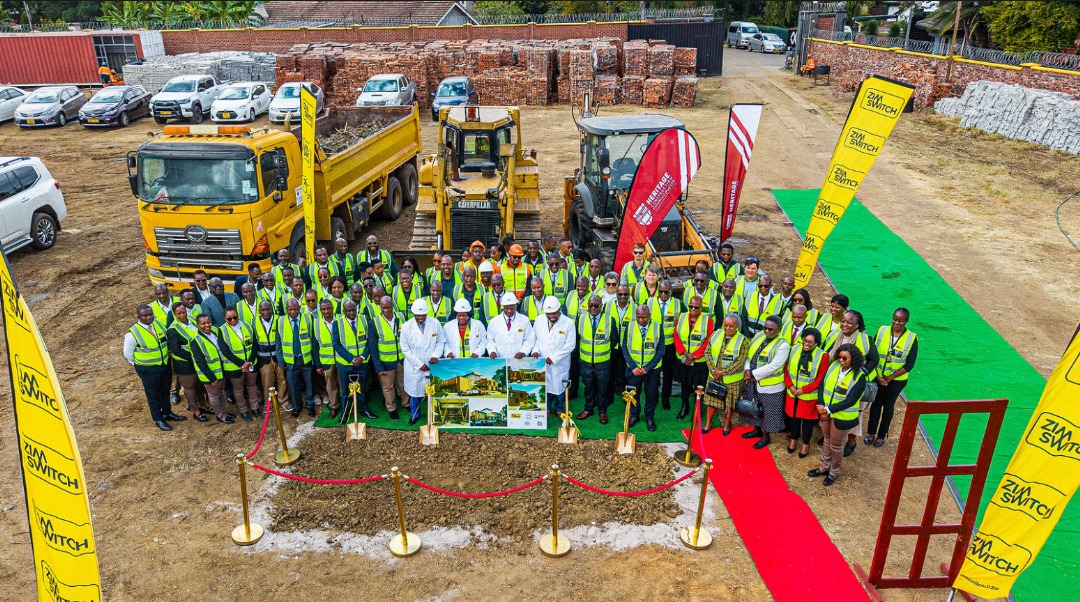


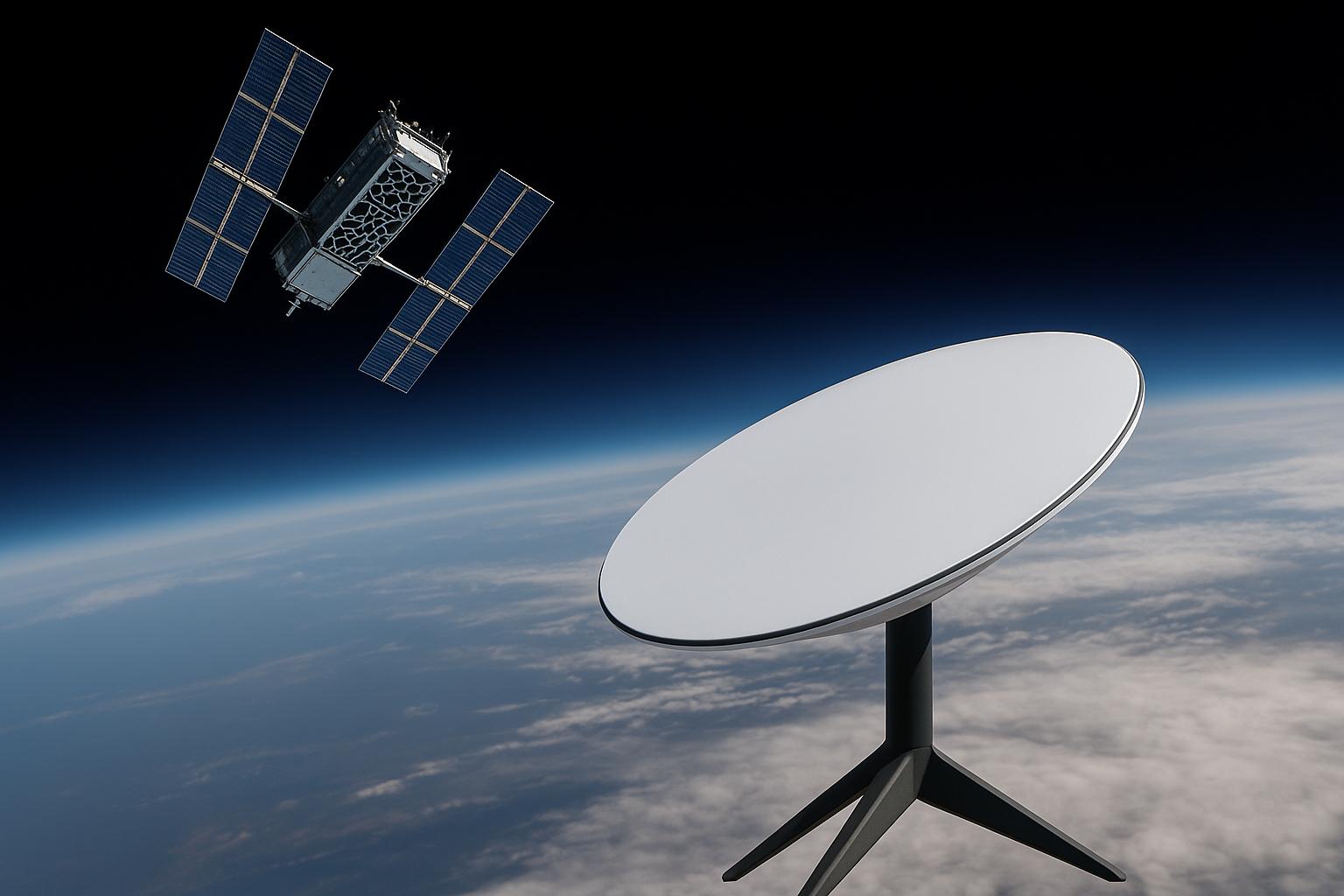
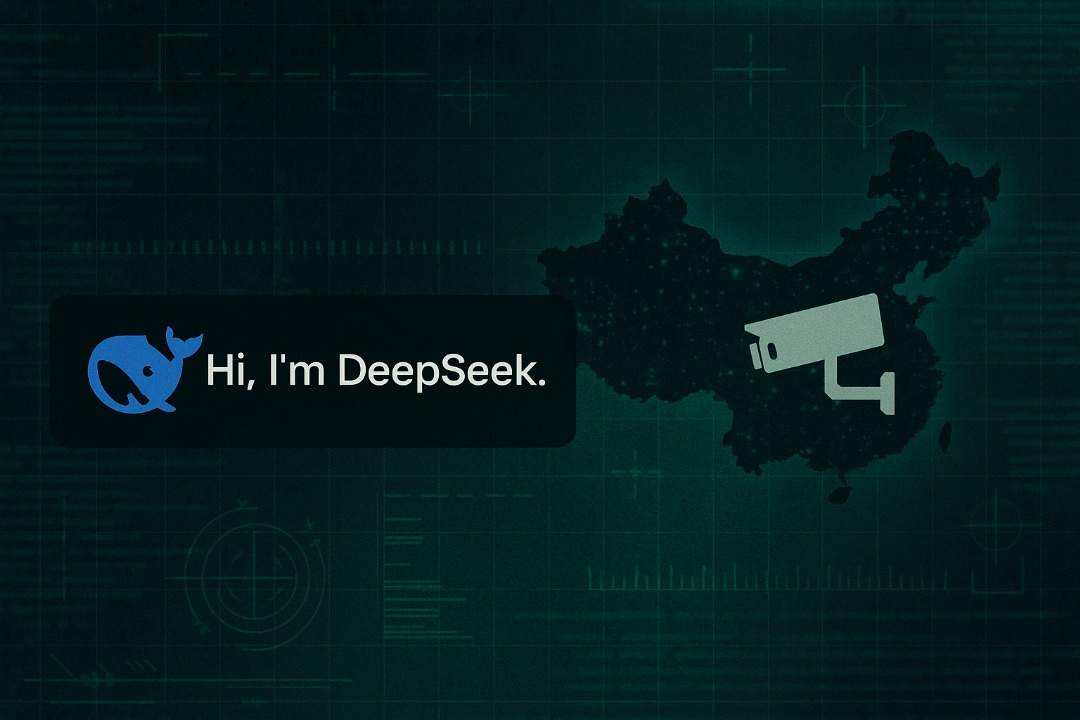
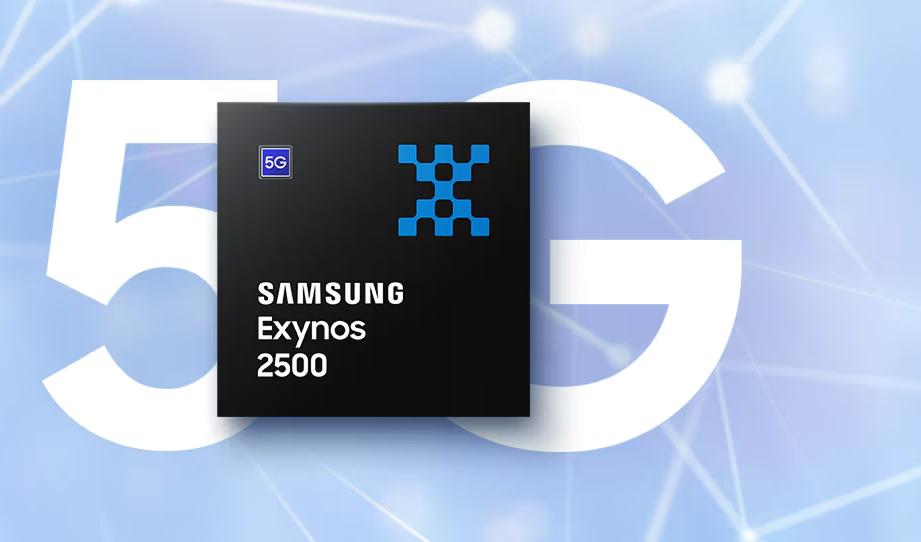

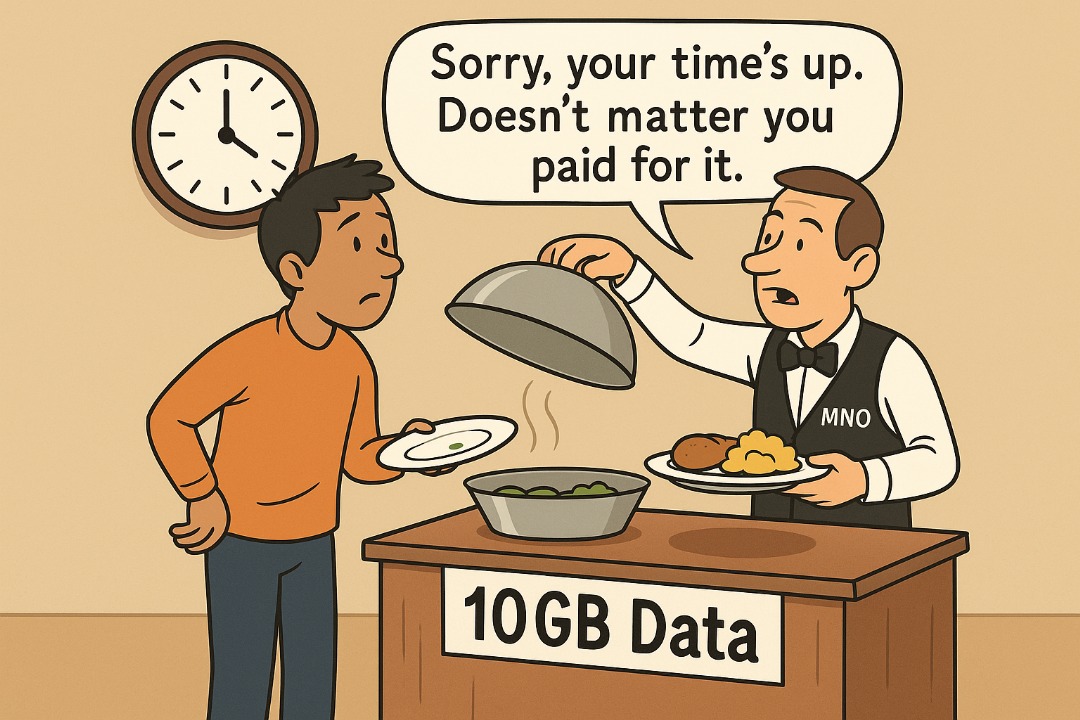

Comments
4 responses
Mega projects? There have been two unsuccessful attempts to resuscitate the railway system which was inherited just as it had finished building infrastructure for electric trains and acquiring the engines, and all that had been left was to commission and get it working, which was one of the major events done just after getting independence. Over the years the railways has crumbled, and almost all the electric train infrastructure has been stripped off, even from the main railway station. Attempts have been made to get the railway system back to working without tangible results. TelOne should have been at the forefront of telecommunications and fibre optic cabling, but they seem happy, as they make enough to get paid at the end of the month, with infrastructure that has been shrinking while they fold their hands helplessly, blaming the copper thief. There is need to carry on periodical maintenance of infrastructure and add onto it rather than neglect it to crumble to a point where we have to start rebuilding.
Meanwhile in South Africa, we had teens developing a Solar powered train.
Dreams of brighter days aghha aghha🎵🎶🎵🎶🎵🎶🎵🎶🎵🎶….highest grades we blaze aghha aghha…🎶🎶🎵🎶
Starlink was able to connect war-torn Ukraine in less than a month during war , Government should approve Starlink to operate in Zim. Mberengwa, Tshelenyemba, Dotito, Mwenezi, and all other remote areas can get connected in less than a month to high-speed internet at very low costs. The current cost of dedicated fibre is at USD 300 per 1Mbps, that’s 1000 times more expensive than our neighbors. Fibre is very slow to implement and to get wayleaves from council and other paper work is a mission. Starlink can connect the whole country before you get a single permit. We can also talk to Elon Musk and start making batteries, we have a lot of lithium as well as setup ground stations for Starlink. At this stage is too costly and will take much much longer to implement, lets look at using Starlink backhauls for remote base station, Tesla power walls for backup. Also the terrain in most places is tricky for fibre installation, as well as the maintenance for the project. POTRAZ is the biggest stumbling block to tech, their fees are too high, and are being passed on to the consumer.